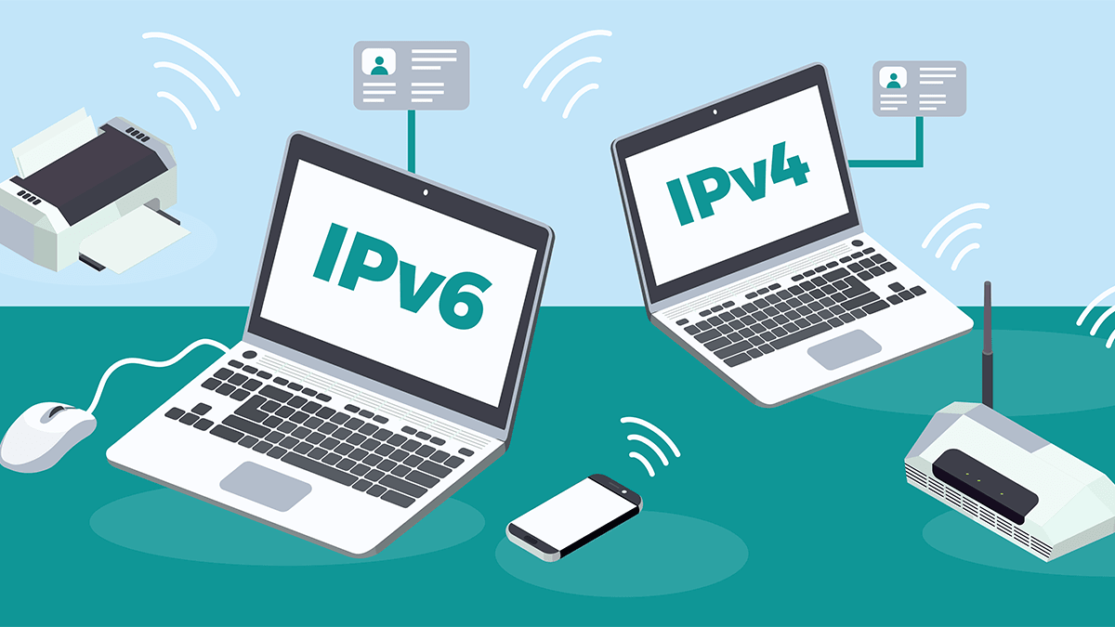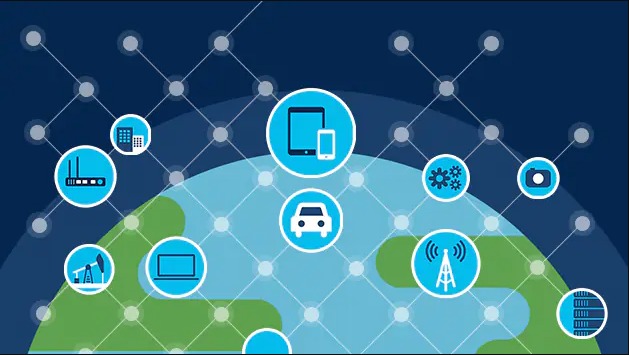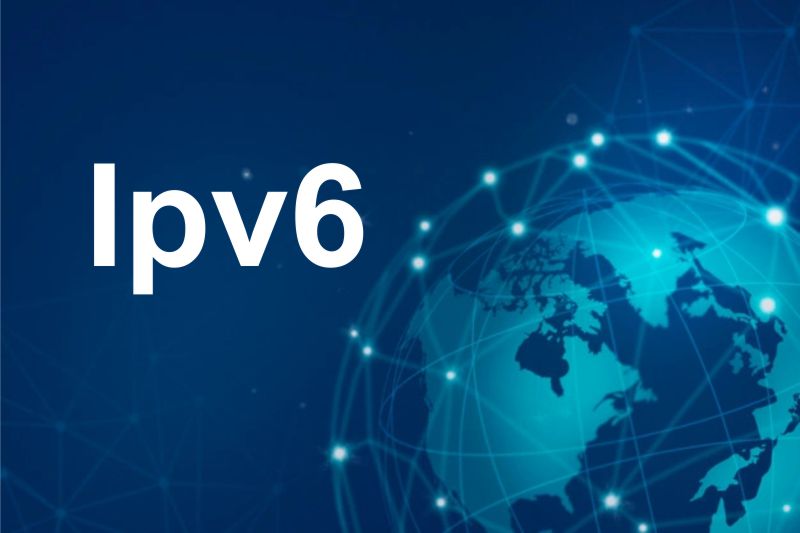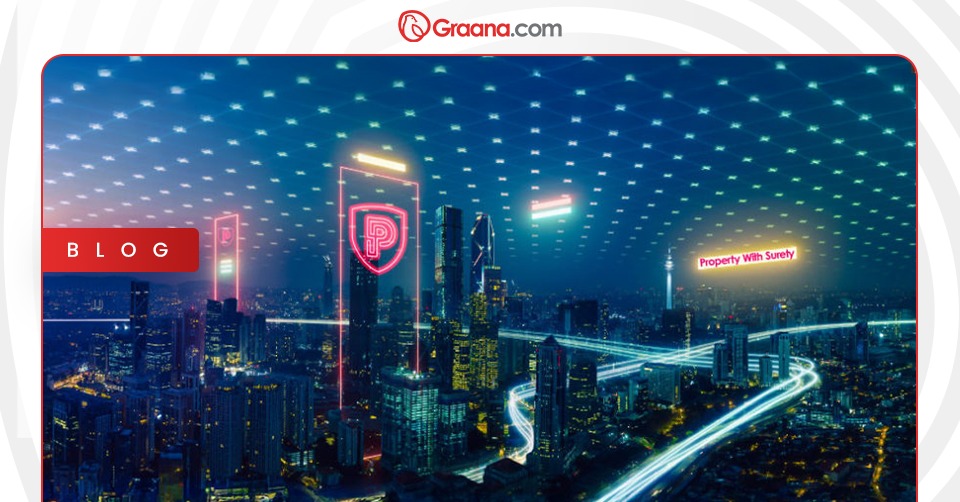IPv6 is the latest version of the Internet Protocol (IP) that is used to connect devices to the internet. It was created to replace the previous version, IPv4, which was limited in terms of the number of unique addresses it could assign to devices.
With the introduction of different internet-connected devices in recent years, IPv6 has become increasingly important. Graana.com explains below what IPv6 is, why it’s necessary, as well as the features and benefits it offers.
What Is IPv6?
IPv6 is the latest IP version that serves as the backbone of the internet. It was developed in the late 1990s by the Internet Engineering Task Force (IETF) to replace the previous version, IPv4.
IPv4 has a limit of around 4.3 billion unique addresses. On the other hand, IPv6 has a theoretical limit of around 340 undecillion unique addresses, or 3.4 x 10^38. This increase in address space is necessary to accommodate the growing number of devices that need to be connected to the internet, such as smartphones, laptops, tablets, IoT devices, and more.
IPv6 Addressing
IPv6 addressing works differently from IPv4 addressing. In IPv4, addresses are 32 bits long and are usually expressed as four sets of numbers separated by periods (e.g. 192.168.1.1).
In contrast, IPv6 addresses are 128 bits long and are expressed as eight sets of four hexadecimal digits separated by colons (e.g. 2001:0db8:85a3:0000:0000:8a2e:0370:7334).
This allows for a much larger address space and makes it easier to assign unique addresses to devices. In addition, IPv6 includes several different types of addresses, including unicast, multicast, and anycast addresses, which serve different purposes.
Benefits of IPv6 Over IPv4

In addition to the increased address space, IPv6 offers several other benefits in comparison to IPv4. It is designed to be more efficient and scalable than IPv4. It has built-in support for features like autoconfiguration and multicast addressing.
This means that devices can be connected to the network more quickly and easily, without the need for manual configuration. IPv6 also includes improved security features, such as IPsec, which encrypts network traffic and helps prevent unauthorised access.
There are also some other notable differences between both internet protocols, which are as follows.
- IPv6 uses alphanumeric addressing, while IPv4 uses only numeric addressing.
- IP security is required in IPv6, while it’s optional in IPv4.
- IPv6 uses the IPSec protocol for security, while IPv4 relies on applications.
- Its networks can be auto-configured, while IPv4 networks require manual configuration or DHCP (Dynamic Host Configuration Protocol).
- IPv6 has eight 40-character header fields, while IPv4 has 20 eight-character fields.
- It uses NDP to map MAC (Media Access Control) addresses, while IPv4 uses ARP (Address Resolution Protocol).
Need for IPv6
The main reason for the development of IPv6 is the restrictions of IPv4. As more and more devices become connected to the internet, the number of available IPv4 addresses is dwindling. This has led to a situation known as “address exhaustion”, where it is becoming increasingly difficult to assign new IP addresses to devices.
Additionally, IPv4 was developed at a time when security concerns were not as pressing as they are today. As a result, it is vulnerable to a range of security threats, such as denial-of-service attacks and IP spoofing.
Features of IPv6

IPv6 includes several new features that improve network performance and efficiency, some of which are as follows.
Larger Address Space
The primary reason for developing this internet protocol was to provide a solution to the eventual exhaustion of addresses in IPv4. IPv6 uses four times more bits to address devices on the internet, providing an address space for approximately 3.4 x 10^ 38 devices.
Every square metre of our planet has the potential to have around 1564 addresses allocated to it. The larger address spaces provided by IPv6 can meet the aggressive requirements for allocating addresses for almost everything on Earth. More addresses make address conservation techniques such as network address translation (NATs) redundant.
Simplified Header
It has a new simplified header format designed to be less complex and easier to process than IPv4. The new structure is achieved by moving both optional and non-essential fields of the headers to extension headers appearing after the header. This feature makes it easier for routers to process and route packets quickly.
End-to-End Connectivity
With IPv6, every machine has a unique IP address and may traverse the internet without requiring NATs or other translating elements.
After the full implementation of IPv6, every host can directly reach other hosts on the internet, but there will be some restrictions in the form of firewalls and organisational policies. This feature provides more direct and efficient communication between devices on the internet.
Auto-Configuration
Auto-configuration is a feature that ensures verification of the uniqueness of a link and determines the information that should be auto-configured. IPv6 allows stateless address configuration (or no dynamic host configuration protocol DHCP server) and stateful address configuration to ease host setup.
Hosts on a connection automatically manage IPv6 addresses meant for the link, using addresses generated via prefixes that local routers announce during stateless address settings.
Hosts on the same connection may set up themselves using link-local addresses and interact without human configuration in the absence of a router. This ensures that inter-communication goes on regardless of the presence of a server.
Faster Forwarding or Routing
It feature a streamlined header that places all extra information at the end. The information in the front part of the header makes packet forwarding or routing faster and more efficient.
Stronger Security Through IPSec
Internet protocol security (IPSec) is currently an optional feature of IPv6. The IETF had initially decided that IPSec security had to be included to make it more secure than IPv4.
IPSec is used at the network processing layer to secure the network. This feature provides better security for IPv6 networks compared to IPv4 networks.
No Broadcast
IPv6 uses a multicast address to communicate with multiple hosts, as it does not have any broadcast address support. For one-to-many communication, a multicast address is used. It is allocated to a collection of interfaces belonging to several nodes.
Anycast Support
IPv6’s anycast feature is used for one-to-one-of-many communications. Anycast addresses are allocated to a collection of interfaces belonging to various nodes. Only a single member interface is reached when a packet is transmitted via an anycast address.
Greater Mobility
The mobility feature allows hosts such as mobile devices to remain connected to the same IP address even when roaming in different locations. This is made possible by taking advantage of automatic IP configuration and extension headers.
Enhanced Priority Support
It uses traffic class and flow label data to inform the underlying router how to process and route the packet efficiently. Routers use flow label fields in the IPv6 header to identify and provide distinct management for packets belonging to a flow.
Quality of service (QOS) can be supported even when the packet is encrypted through IPSec because the IPV6 header is the one that identifies the traffic.
Smooth Transition
It offers an extensive address system that enables the assignment of universally distinct IP addresses to devices, allowing the devices to communicate and receive data. Routers may also make quicker forwarding choices due to a lighter header.
IPv6 Deployment

Despite the benefits of IPv6, its adoption has been relatively slow. This is due in part to the fact that IPv4 is still widely used and supported by most devices and networks. However, as the number of internet-connected devices continues to grow, the need for IPv6 will become increasingly urgent.
Some internet service providers have already begun to adopt this internet protocol, but much more needs to be done in order to ensure a smooth transition to the new protocol.
Challenges of IPv6
One of the biggest challenges facing IPv6 deployment is the need to ensure backward compatibility with IPv4. This is because many devices and networks still rely on IPv4, and a sudden shift to IPv6 could cause significant disruption.
To address this, this internet protocol includes a range of transition mechanisms that allow devices to continue using IPv4 while also supporting IPv6. These mechanisms include dual-stack, tunnelling, and translation, which allow IPv6 traffic to be encapsulated within IPv4 packets.
Another challenge facing is the need for education and training. Many IT professionals are not yet familiar with IPv6. They may not be aware of its benefits or how to configure it. As a result, there is a need for training programs and resources. These programs and resources can help IT professionals become more familiar with IPv6 and to begin planning for its deployment.
Conclusion
It is an important protocol that offers a range of benefits over its predecessor, IPv4. With its increased address space, improved security features, and support for new technologies, IPv6 is essential for the continued growth of the internet and the ever-increasing number of internet-connected devices.
However, its adoption has been slow. There are still many challenges that need to be addressed in order to ensure a smooth transition to the new protocol. By educating IT professionals and providing support for this internet protocol version, a more secure, efficient, and scalable internet can be ensured for years to come.
For more related information, visit Graana blog.




